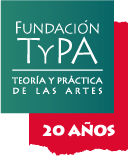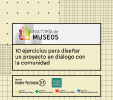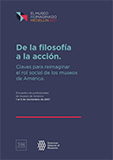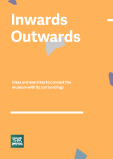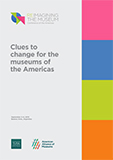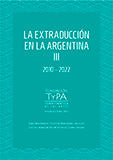FROM PHILOSOPHY TO ACTION.
Clues to Reimagining the Social Role of Museums in the Americas
Museums have the capacity to reformulate social, cultural and environmental values and can provide options for solving social dilemmas. This publication captures the ideas and thoughts of the speakers of Reimagining the Museum’s second edition, a conference that brought together more than 600 museum professionals from all the Americas, from November 1 to 3, 2017, in the city of Medellín, Colombia. During those three days, we shared a common concern about social inequality and, above all, about how that inequality finds its way into museums through language and actions. We were surprised by the unexpected convergence of the ideas of the speakers, their agile thinking, determination to translate ideas into action, and willingness to face complex challenges as an integral part of the museum’s mission.
Inwards - Outwards
Ideas and exercises to connect the museum with its surroundings
This publication is based on the tools and ideas shared and discussed during Chaos at the Museum, the design congress that took place on November 2016 in Buenos Aires, Argentina.
CLUES TO CHANGE FOR THE MUSEUMS OF THE AMERICAS
This publication summarizes the conclusions of "Reimagining the Museum. Conference of the Americas", held in Buenos Aires 2 - 4 September 2015.
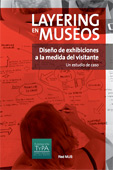
LAYERING IN MUSEUMS
Customized exhibition design for segmented audiences
A case study.
A brand new publication that presents Layering methods step by step. It allows museums to improve their exhibitions through flexible and inexpensive strategies of audience segmentation and throughout knowledge of their specific needs.
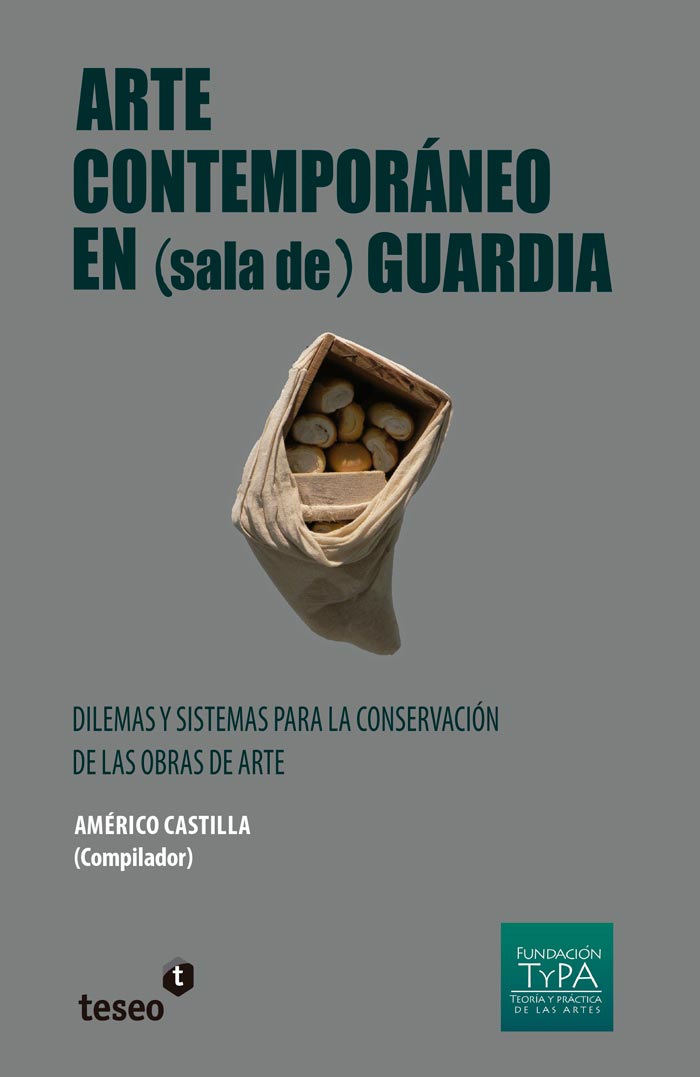
ARTE CONTEMPORÁNEO
EN (sala de) GUARDIA
Dilemas y sistemas para la conservación de las obras
de arte contemporáneo
Editor: Américo Castilla /2015
Should we try to restore a piece conceived as ephemeral by its author? Should we replace its decaying elements, such as edibles, for example? Is it possible to re-install a work of art of which we only have the instructions given by the author? These and other questions are the core subject of this book.

The Museum and its Audiences.
The Visitor takes the stand
Editors: Jacqueline Eidelman, Mélanie Roustan & Bernadette Goldstein / 2013
Spanish translation: Martín Schifino.
Prologue to the Spanish version: Américo Castilla
To establish the curve of audience, to get to know and understand the visitors and to satisfy the users, are three main issues that refer to the problems, knowledge and systems of actions that combined, determine the policy of contemporary museums concerning audiences. That policy expresses not only a scientific and cultural approach but it also responds to an economic and social logic.

The Hybrid Museum
Author: François Mairesse / 2012
Spanish translation: Martín Schifino.
Prologue to the Spanish version: Américo Castilla
What type of link do museums have with the State and the market? How can they be managed efficiently without risking their cultural specificity? The logic of “the gift” and various management proposals make this book a unique piece in the current discussion on the future of museums.
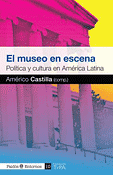
El museo en escena
Política y cultura en América Latina
Edited by: Américo Castilla / 2010
What challenges do Latin America’s museums face today? What waits for them in the future? Latin American experts outline some answers, while they raise new questions around museums, key institutions in the definition of cultural policies of a country.
Translations from Argentina, Report #3 (2010 - 2022)
Fundación TyPA presents the results of new research on the translation of Argentinean books into other languages.
Authors: Gabriela Adamo y Victoria Rodríguez Lacrouts
How does Argentinean literature travel? Which countries translate the most? Who are the most relevant mediating agents? This new report brings figures up to date and offers new insights into the world of translations.
Fifteen years after TyPA’s first report and a decade after the second, we are happy to present "Extraduction in Argentina III (2010 - 2022)", a research carried out by Gabriela Adamo and Victoria Rodríguez Lacrouts.
The purpose of the report is to provide concrete and reliable information, much needed as a basic input when it comes to the development of more and better strategies to promote the translation of local authors into other languages.
The research involved questionnaires to more than 600 publishers, agents and authors (both from Argentina and abroad) as well as the detailed study of databases like the one provided by Programa Sur (Argentina’s Foreign Office). The results are free and open to all researchers.

Outranslation in Argentina
Interpreting Silences (2008-2012) / 2013
Author: Valeria Añon
An essay that approaches the publishing world from a different angle: that of the translation processes in Argentina. How bridges are built, what are the main obstacles, what cultural policies support the bonds that literary translation performs, what is still left to be done.

La traducción literaria en América Latina
Edited by: Gabriela Adamo / 2012
Where does literary translation stand today in Latin America? TyPA Foundation has invited Latin American specialists - translators, researchers, critics and writers- to think about the current practice of translation in their respective countries.
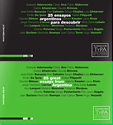
25 great essays from Argentina
TyPA Catalogue / 2009
This catalogue presents a selection of the best books in Social Sciences and Humanities published in the last few years by argentinean authors who, up until then, had not been translated into other languages. It aims to encourage the international circulation of argentinean thought and foster its translation.
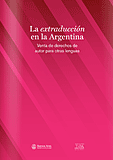
Outranslation in Argentina
Copyright sales for translation into other languages (2002-2009) / 2009
Investigation and report: Gabriela Adamo, Valeria Añon, Laura Wulichzer
Outranslation in Argentina (2002-2009) is a thorough investigation that offers a register about the translation of argentinean authors into other languages, in order to know more about the circulation of argentinean literature abroad.
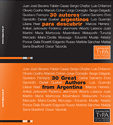
30 great authors from Argentina
TyPA Catalogue / 2008
This catalogue offers a selection of fiction by excellent argentinean authors who up until now had not been translated into other anguages. It aims to encourage the international circulation of argentinean literature.
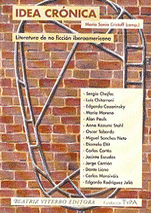
Idea Crónica
Literatura de no ficción iberoamericana
Edited by: María Sonia Cristoff / 2006
Idea Crónica explores the irruption of reality which seems to be the growing tendency in the different languages of current art. This phenomenon, very much analysed by academics and theoretitians, is adressed here directly from the literary production point of view.
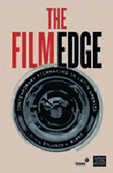
The film edge.
Contemporary filmmaking in Latin America
Edited by: Eduardo A. Russo / 2011
English translation: Heather Cleary Wolfgang
What does it take to make films in Latin America? Through a selection of articles, this book pictures the complex and dynamic reality of the filmmaking industry in Latin America. Published in Spanish in 2008, it was reedited in 2011 for this English version.
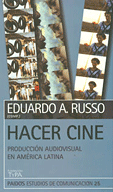
Hacer cine.
Producción audiovisual en América Latina
Edited by: Eduardo A. Russo / 2008
What does it take to make films in Latin America? This book gathers articles by industry professionals, tracks the path that is being followed lately, examines tendencies, and outlines some possible directions for audiovisual production in Latin America.
